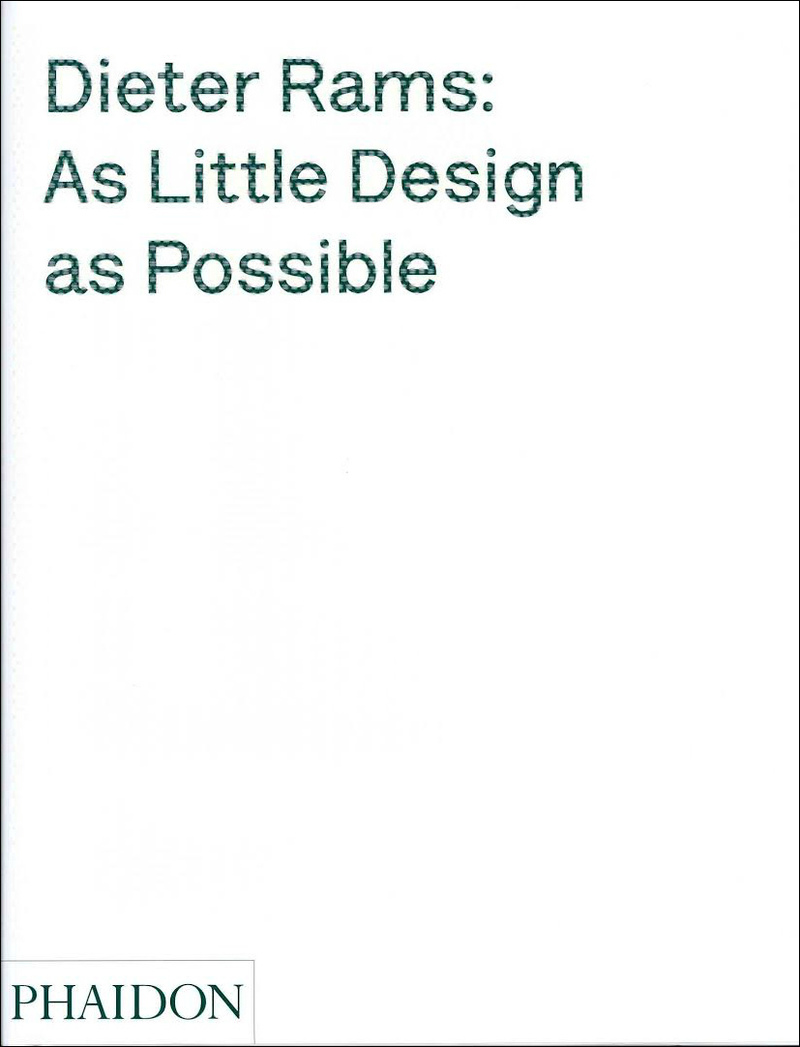Dieter Rams’ life and work are indelibly linked to his thoughts about how people live, and how they can live better. Products he designed in the 1960s are still being produced and sold today — only one demonstration of the strength of his work. This comprehensive monograph covers both Rams’ life and his work, as well as his ideas on good design, which continue to inspire designers and consumers today. A personal foreword by Jonathan Ive evokes the influence that Rams has had on his own work and, by extention, the objects with which so many of us share our everyday lives. An introduction and an essay by Klaus Kemp tell the story of Rams’ early life, his training as an architect, and the intellectual context in which his ideas were developed. The next four chapters examine Rams' work and his life — which are more or less synonymous — in depth. This includes his role at Braun as well as the work he did for the furniture company Vitsoe. Each chapter includes sketches, prototypes, finished products and the marketing for those products, giving a complete picture of Rams’ work and its context. Two other chapters in this section present Rams’ own house, the only work of architecture that he completed, and examine the products he designed at the level of detail, a crucial aspect to his work. A further chapter examines Rams’ “ten commandments” of good design and his credo, “less but better”, in the context of his role as head of design at Braun, and a final chapter explores his legacy in the work of contemporary designers including Naoto Fukasawa, Jonathan Ive, Sam Hecht, and Konstantin Grcic.
- / Author
- / Article author
- / Article author
- / Mentioned
